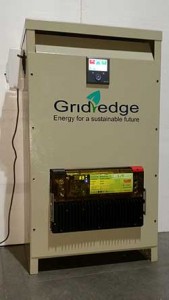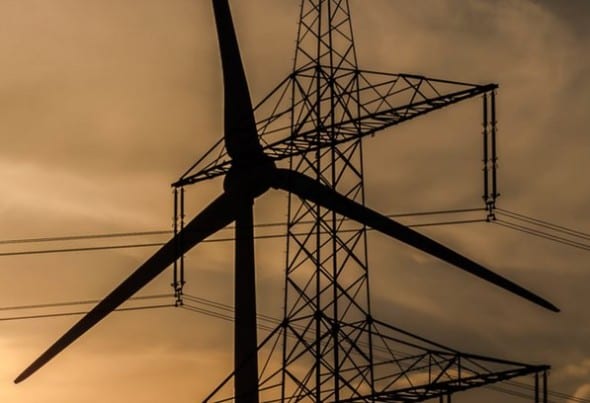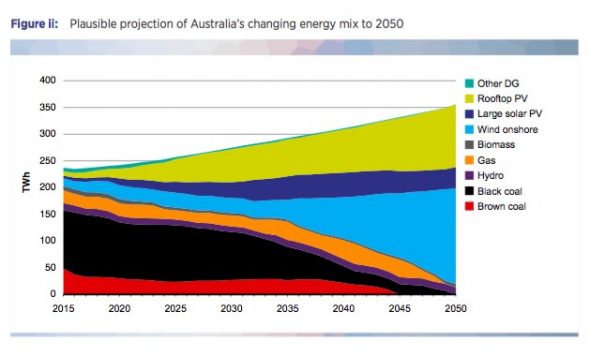We often get enquiries about our sodium nickel chloride battery with invertor and all wiring and configuration in our plug and play Quantum  unit. It is the ideal battery for anyone looking for energy independence as it is much more reliable than many of the other current battery technologies available. The SoNick battery does not have any toxic materials, either in its production or use. It does not have any of the safety concerns inherent in many other batteries as it is a sodium and nickel based battery which are both non-toxic, non-flammable and abundantly available. There is no possibility of thermal runaway with the SoNick battery due to its components being basically molten salt. This is particularly important in any areas that may be prone to bushfire risk.
unit. It is the ideal battery for anyone looking for energy independence as it is much more reliable than many of the other current battery technologies available. The SoNick battery does not have any toxic materials, either in its production or use. It does not have any of the safety concerns inherent in many other batteries as it is a sodium and nickel based battery which are both non-toxic, non-flammable and abundantly available. There is no possibility of thermal runaway with the SoNick battery due to its components being basically molten salt. This is particularly important in any areas that may be prone to bushfire risk.
We have several brochures that have some information about the sodium nickel chloride battery and the Quantum plug and play unit as well as a document showing some of the safety tests that have been performed on the battery. These are available in the download section from our website at http://quantum.gridedge.com.au. Continue reading “Quoting for Storage and PV installations”








